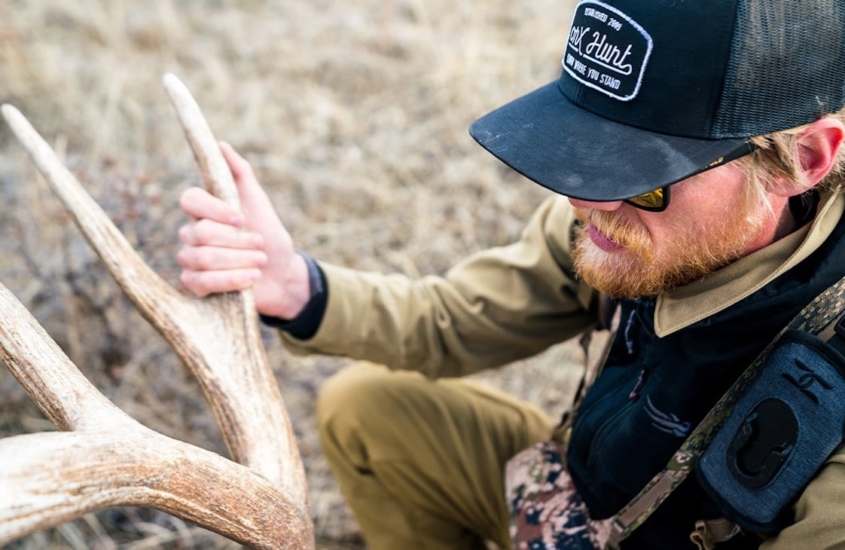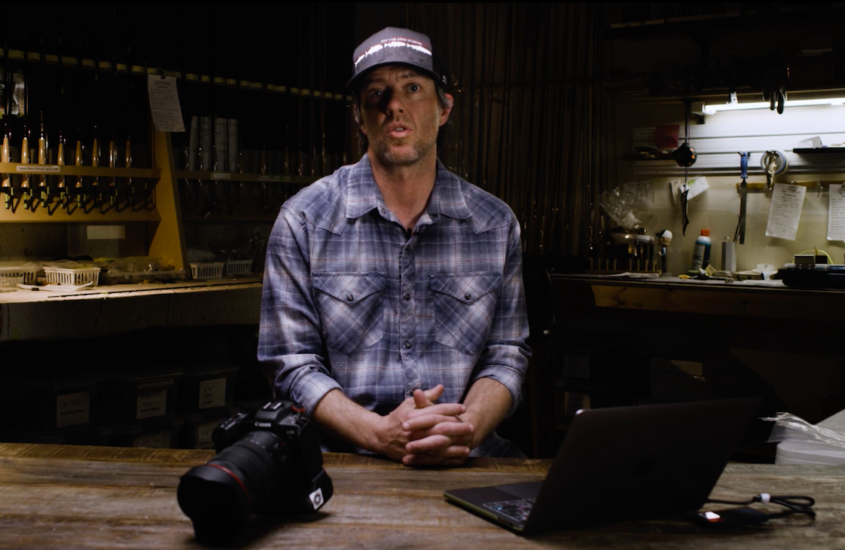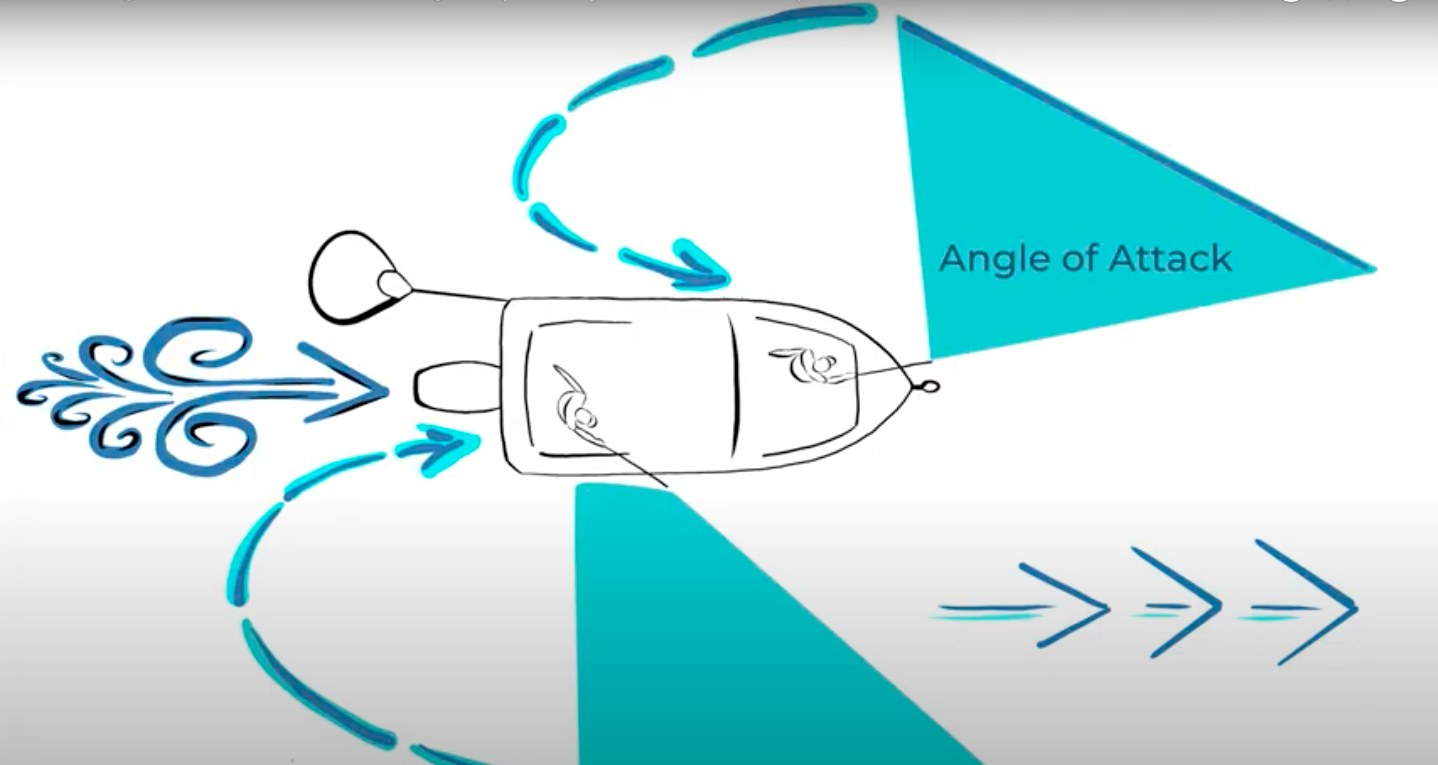By Jackie Holbrook:
In my last article I shared my story about an unexpected attack that landed me in the hospital. Packing for a backcountry trip is a balancing act. Unless you’re using pack animals, you’ll be hauling everything in a backpack. That likely includes several days of food, camping gear, hunting or fishing equipment and survival supplies.
Faced with hiking miles of mountains under the weight of what you bring, many luxuries quickly become unnecessary. Hunters and anglers are known to cut the handle off toothbrushes and wear a single pair of socks and underwear for over a week. (I won’t name names.)
When it comes time to shove that bulky first aid kit into the pack, it’s tempting to want to cut weight. Especially because it’s something you might not even use. But as I learned when I went into anaphylaxis shock in the Alaska wilderness, skimping on survival supplies is a dangerous gamble you shouldn’t make.
Hunting, fishing and foraging provide plenty of safe family fun but there are also opportunities to get hurt. Luckily most outdoor injuries are minor, like cuts and sprained ankles, but preparation is the difference between continuing on comfortably or ending the trip early. I once got horrible blisters hiking several miles into a fishing hole with new wading boots. The walk out would’ve been a lot more comfortable had I packed Moleskin.
A proper first aid kit covers everything from treating blisters to major wounds. There are several prepackaged first aid kits on the market designed for outdoor recreation. These kits provide a solid foundation if you’re starting from scratch. Many outdoor enthusiasts purchase one of these kits and then add to it based on their own experience and needs, like allergies or health conditions.
Whether you choose to buy a kit or build one, it’s important to familiarize yourself with every item inside. An emergency situation will go much smoother if you know what’s in your pack and how to use it.
Here are the basics every kit should include:
Basic First Aid Kit Checklist
- Antiseptic wipes (for cleaning wounds)
- Antibacterial ointment (like Bacitracin and Neosporin to prevent infection from cuts)
- Antihistamine (like Benadryl to treat allergic reactions)
- Anti-diarrheal pills (Imodium or Pepto Bismol)
- Aspirin (used to treat heart attacks, baby aspirin is light and easily dissolvable)
- Bandages (bring an assortment of types and sizes)
- Butterfly bandages (act like stitches to close small, shallow cuts)
- Duct tape (tip: wrap around your water bottle, coffee mug etc.)
- EpiPen (used to treat severe allergic reactions)
- Gauze (used to treat open wounds)
- Gloves (nitrile)
- Insect sting treatment
- Medical tape (holds gauze in place)
- Moleskin (used to cover blisters and hot spots)
- Multitool or pocketknife
- Pain-relief medicine (like Ibuprofen)
- Pocket guide (reference for how to respond in emergencies)
- Prescription medications (any medications specific to your personal needs and extra)
- Throat lozenges
- Tweezers
- Safety pins (used to hold and secure bandages)
Always carrying a first aid kit allows you to respond effectively. Minor injuries like shallow cuts or blisters are easily treated and you can return to recreating. If the injury is more serious, these supplies can help alleviate the situation while you wait for emergency responders to arrive.
Always consider emergency response time. Backcountry hunters wanting to cut weight shouldn’t start with the first aid kit. In fact, they should be carrying a more beefed up survival kit.
While you run the risk of significant injuries anywhere, the difference on backcountry adventures is that help might not arrive for several hours. Here are some additional items to consider for a more comprehensive kit.
Additional Supplies
- Aloe Vera gel (packets to treat minor burns)
- Benzocaine (medicine used to treat tooth pain)
- Communication device (satellite phone or inReach, fully charged, updated and tested)
- Hemostatic gauze (stops bleeding from arterial injuries)
- Irrigation syringe (flushes wounds for cleaning)
- Liquid stitches (treat minor cuts and prevent bleeding)
- Oral thermometer
- Pocket CPR mask (provides protective barrier during CPR)
- Rehydration salts (treats dehydration)
- SAM splint (moldable, easy to cut splint for bones)
- Suction syringe (clears mouth for CPR)
- Tourniquet (this is something you need to research and familiarize yourself with before purchasing and using)
- Triangular bandage (bandage wounds or immobilize fractures and dislocations)
Tips and Tricks
Many people make the mistake of taking a one-size-fits-all approach to first aid kits. Just like you tailor your pack to your outing, build your first aid kit with your activity in mind. Hunters should also carry key survival supplies like a lighter, space blanket and water treatment tablets.
Ask your hunting partners what they’re bringing in their kit. If they don’t have a comprehensive kit you should encourage them to add to it or bring more in yours. Some hunting parties choose to distribute some of the items to disperse weight. However, before doing this, consider the possibility of being split up or facing multiple injuries.
Don’t ever leave your first aid kit at camp. It should go wherever you go. If you’re looking to cut weight on a quick scouting mission, at least carry a slimmed down version with the essentials. Keep the first aid kit in a safe, yet accessible place and in a waterproof container. It should be labeled for others to see so if you’re the one in the emergency and unable to communicate, your partners can find it easily.
Single-use medicine packets work great. They easily identify pills and list expiration dates. When using baggies instead, clearly write the medication name and expiration date. Be sure to routinely review medicine and replace outdated ones. Also, before any outing, go through and replace any bandages, wipes, gels or anything else that has worn down or dried up over time.
Consider Taking a Wilderness Course
This article is only meant to serve as a general guide as to what to bring. Speaking with a medical professional is the best way to get official advice. And to be the most prepared, complete a wilderness first aid course.
Having the proper kit only gets you so far if you don’t know what to do when something happens. Wilderness first aid courses are hands-on and typically take place over a weekend. Instructors go through what to include in a first aid kit, how to use it and how to properly respond to emergencies.













